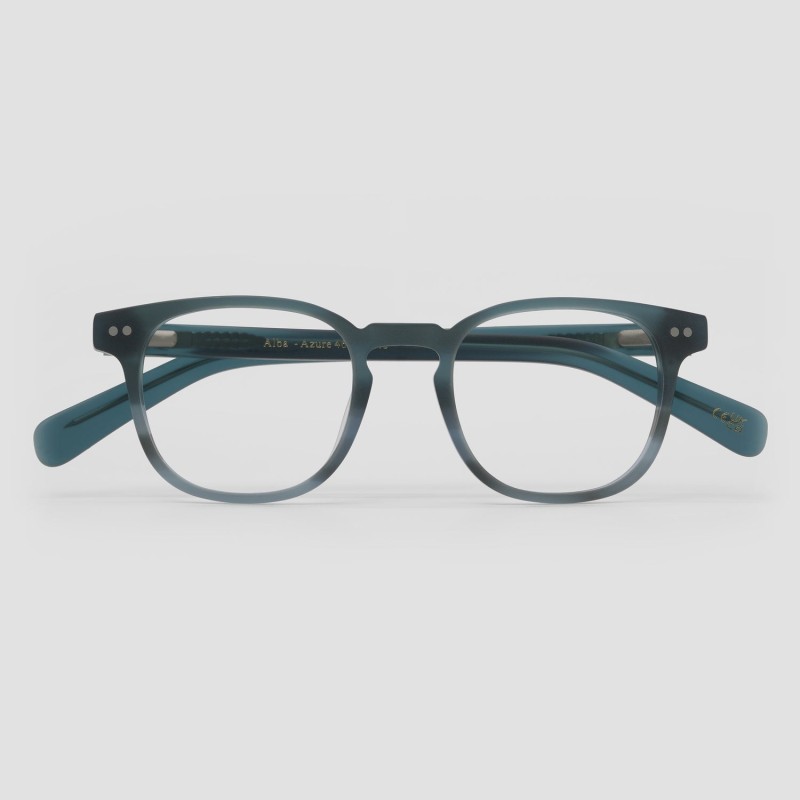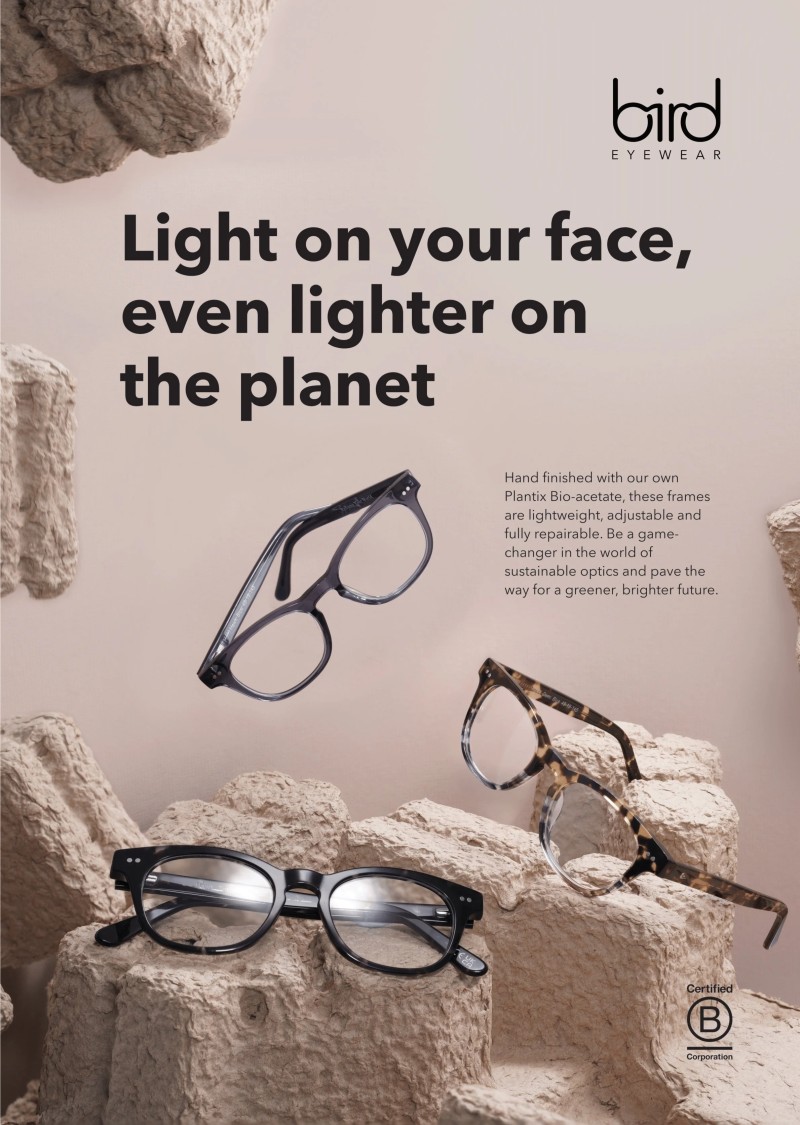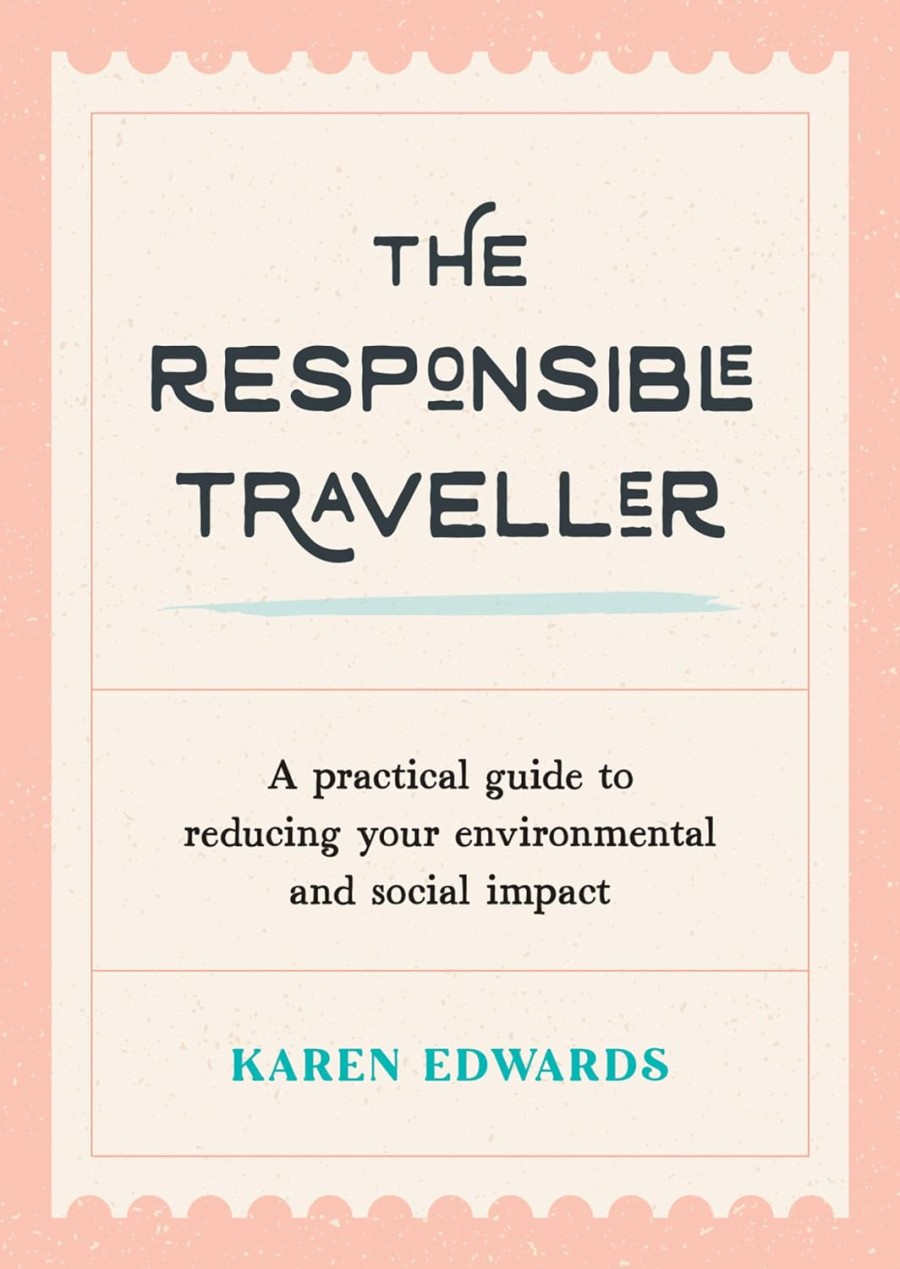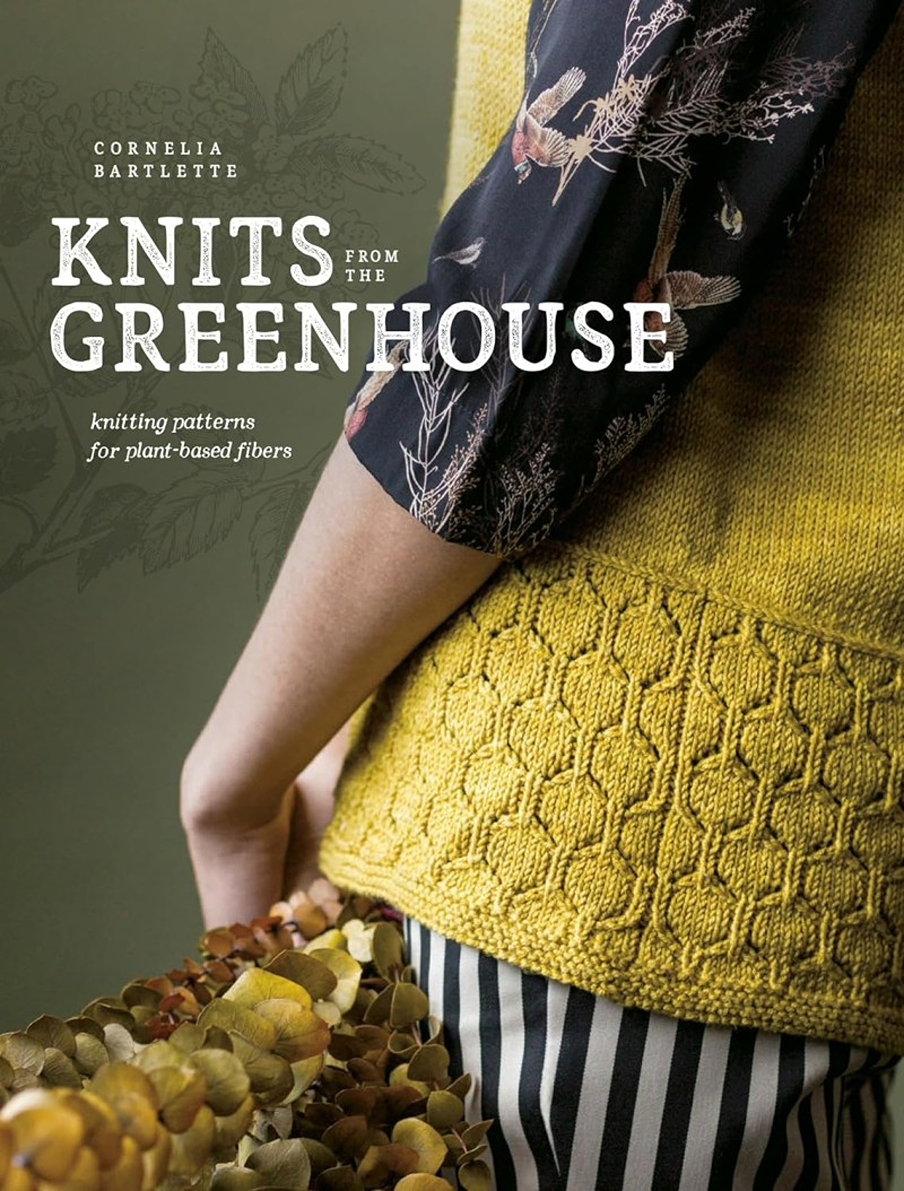Bird Eyewear: Sustainable Spec Frames

BIRD Eyewear is England’s most sustainable brand of eyewear, offering quality spectacle frames (this brand does not sell online, preferring instead to work with independent opticians, to support local economies). Recycle your old frames and get a £20 discount on a new pair.
The frames are mostly made from bio-based acetate (with a few versions made from recycled aerospace alloy). In a wide range of styles, you can tighten the in-built micro hinges (that flex with your head) by giving a quick turn with a 1.5mm screwdriver.
Keep the lenses clean by washing in warm water and a little biodegradable dishwash liquid, then rinse and dry.
If you launder the lens cloth, use a microfibre filter (due to synthetic fibres).
Also read our post on sustainable sunglasses

The spec frames are sold in beautiful cork cases (no trees are chopped down to make cork, the bark is simply stripped from the tree ever 9 years or so).
This company donates a portion of sales from each purchase to SolarAid (which provides alternatives to dangerous expensive kerosene in Africa – often used for light or cooking).
While better than old-fashioned plastic, biodegradable options break down slowly in cold salt water, so proper disposal is key. If you drop them at the beach or boat, it’s best to choose wooden frames.
Save plastic frames (recycled or otherwise) for the office, or garden pottering!
Safe Disposal of Biodegradable Frames

With more compostable and plant-based spectacle frames hitting the market, safe disposal matters. Biodegradable glasses can go back to nature, but only if you send them to the right place. Not every compost bin will do.
Compostable frames, often made from plant starches or cellulose acetate, need special treatment to break down completely. In the UK, this means seeking out industrial compost facilities or specialist recycling sites. These places have the right moisture, warmth, and airflow to help biodegradable plastics fall apart into non-toxic, soil-friendly pieces.
BIRD Eyewear makes this easy, as you can just send your old spec frames back, they will recycle them for you and give a discount on your next pair.
Why Some Countries Wear Fewer Spectacles
Not everyone has the same access to glasses. In some parts of the world, many people who need vision correction simply don’t own a pair. This gap is not just about medical needs, but a mix of cost, health services, and even how glasses are seen in society.
- High cost: In low-income countries, the price of a good pair of glasses can be more than a week’s wages. For some, even budget frames or lenses are out of reach.
- Limited eye care: Regular eye tests aren’t always available where clinics or specialists are scarce. Children and adults may never get a prescription, let alone frames.






